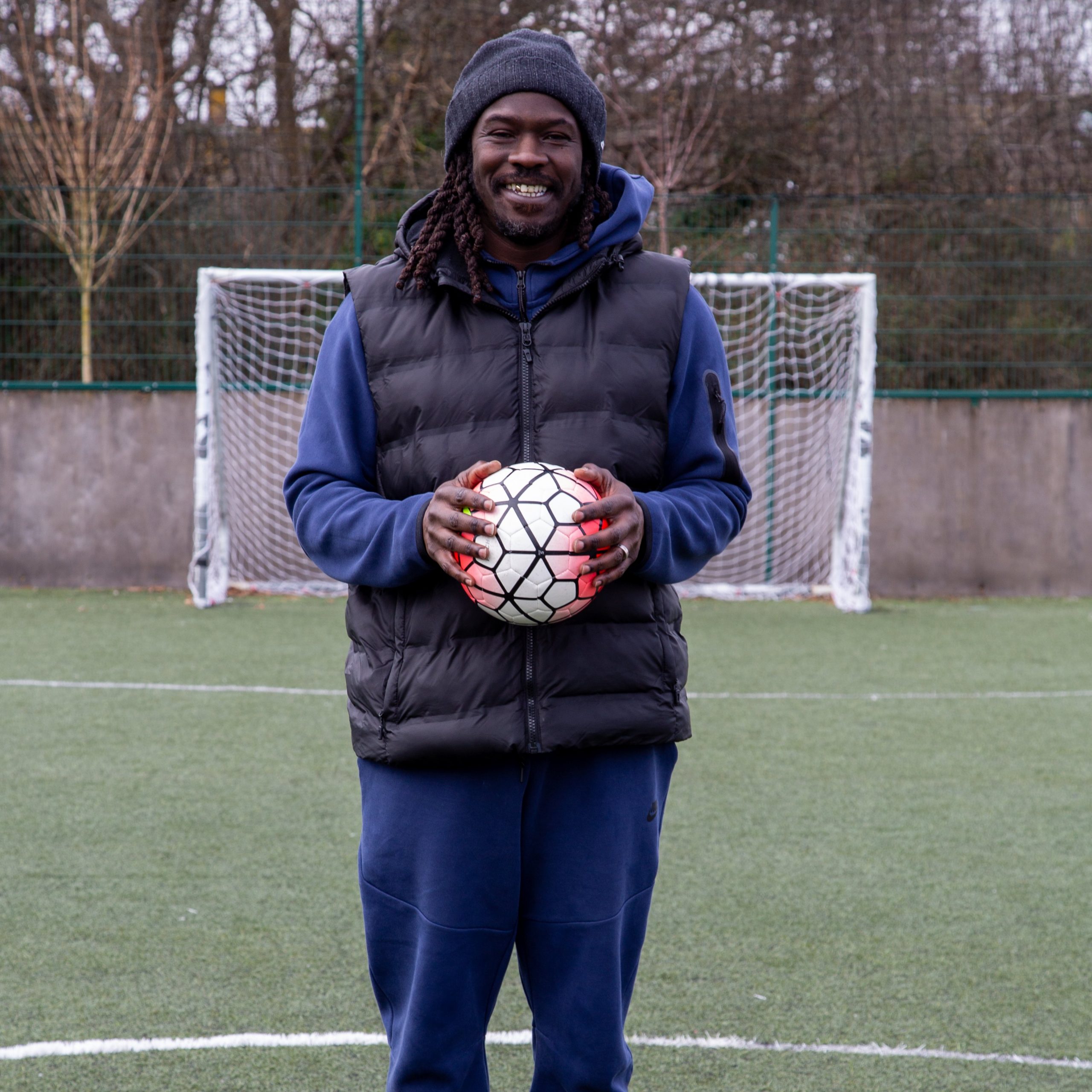
March 31, 2023, by bmillar
Foot and ankle Osteoarthritis and Cognitive impairment in retired UK Soccer players
Osteoarthritis and knee pain can force anyone to slow down; but FOCUS, the School of Academic Rheumatology’s latest study in the field, has been gaining considerable momentum.
The FOCUS study (Foot and ankle Osteoarthritis and Cognitive impairment in retired UK Soccer players) aims to shed light on the effects of playing professional football on knee and ankle pain and injuries, as well as cognitive issues. (These have been prominent issues among former footballers: according to previous studies in the BMJ, the top three injuries affecting them have been to the knee, thigh, and foot/ankle.) Using a mixture of questionnaires, physical assessments, and x-rays, it seeks to better understand the impact the sport can have on the body.
Says Professor Weiya Zhang, Chief Investigator for the study and Professor of Epidemiology at the University of Nottingham:
Football is a game that inspires millions of people, but on a personal level professional footballers often suffer from diseases due to sports-related injuries after their careers on the pitch are over.
These can include repetitive foot and ankle injuries which places them at risk of subsequent chronic pain and osteoarthritis. FOCUS is the biggest of its kind involving living ex-professional footballers and general population comparison group in the UK. The research project is also investigating the implications of repeated heading of the ball, head injuries and concussion which may be related to the development of neurodegenerative diseases such as dementia.

A number of famous former players have participated in the study. Former Notts County player Les Bradd, Lawrie Sanchez (one of Wimbledon’s ‘Crazy Gang’), and other footballers lent their assistance.
Their involvement has attracted considerable media attention, including interviews from Radio 5 Live and Nottingham local radio. This has brought the study to the attention of more of the public, and increased their involvement in turn.
Les Bradd, who has previously received serious knee injuries from his football career, commented:
While the game has changed since my days as a professional player – balls are lighter in weight and players tend to head them less these days – playing-related injuries are still very much a concern. I’m pleased to be involved in this research as a way of continuing to contribute to football.
Nottingham is my home and both our players and club have been heavily involved in the community and this is very important to me. So much work has been done by Notts County to help people suffering with Alzheimer’s and other conditions including those recovering from cancer, through the Notts County Foundation.
Nottingham is a fantastic city, it has contributed so much for my life and professional career and I want to continue to give something back in any way I can.
Their assistance has been useful not only in the Nottingham branch of the study, but also further afield in Southampton. Professor Cathy Bowen, Professor of Podiatry at the University of Southampton, Principal Investigator for the Southampton branch, commented:
We are delighted that so many professional footballers have agreed to take part in this study.
Feet and ankles take a great deal of impact during football, yet they are often the most forgotten joints when it comes to thinking about preventing long-term injuries.
Our research programme involves optimisation of foot health for active living. We have found that people who have foot problems in later life are less likely to take part in physical activities which may then affect their ability to maintain active longer-term health.
With this study we want to highlight and provide better understanding of longer-term foot problems such as arthritis in footballers and how we could help prevention of these with the players in the football Academies today.
William Dawson
No comments yet, fill out a comment to be the first

Leave a Reply